Living in Tokyo as Students
Everything you need to know for getting around Tokyo by Train
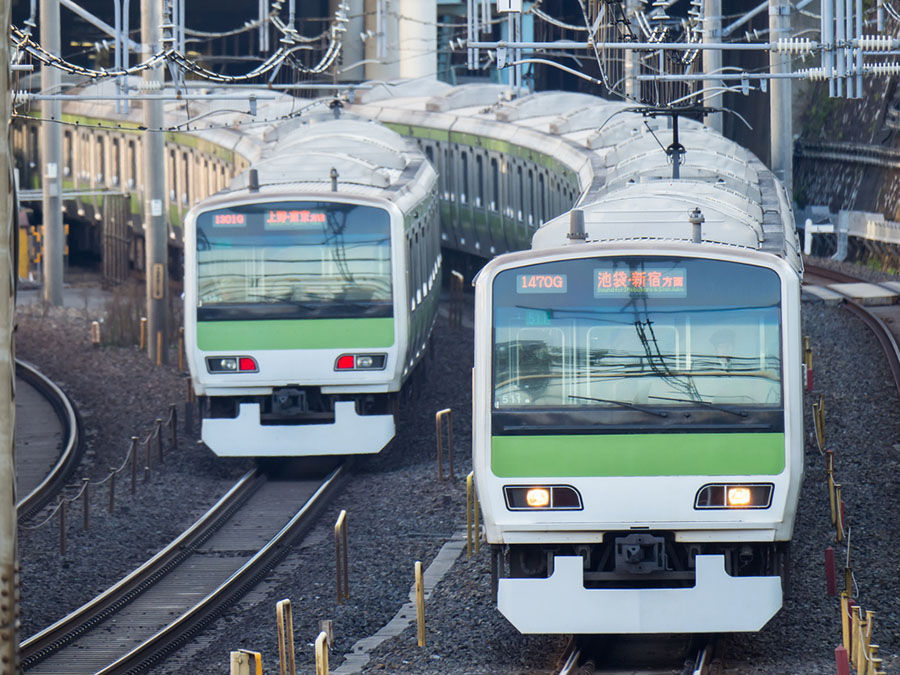
Tokyo is one of the biggest cities in the world with the world’s most populous metropolitan area, so understandably it can be a bit tricky to get around at first. It also has the world’s most extensive rail network with over 150 lines, over 2,000 stations, and with over 40 million passengers using it every day. This may sound a bit overwhelming, but it basically means that you can get anywhere you need to be, using different forms of public transport.
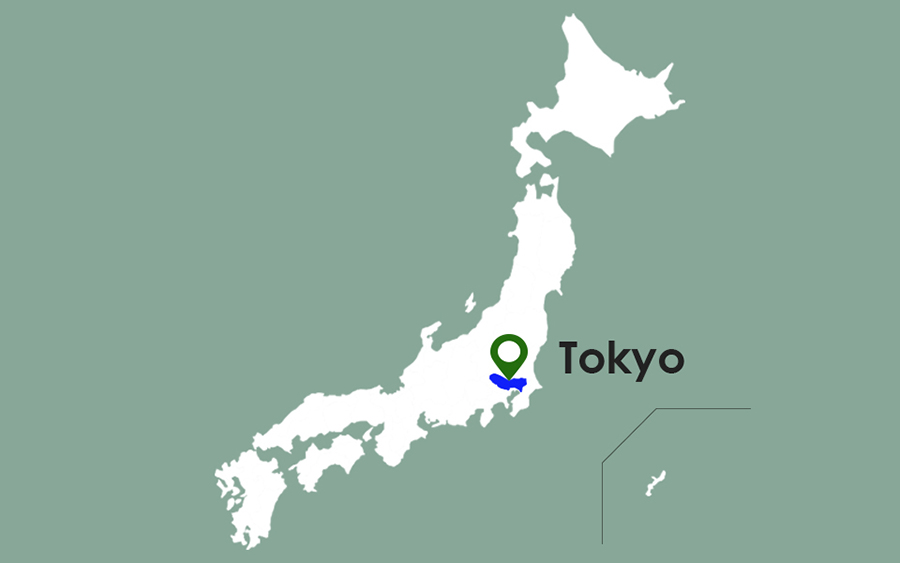
Shibaura Institute of Technology is spread over three campuses, with both the Toyosu campus and Shibaura campus being centrally located in Tokyo while the Omiya campus is in Saitama – 43-50 minutes away from Tokyo Station. All three however, are well connected and are easy to get to, and transport between campuses is really efficient. When you check out a Tokyo train map for the first time it might seem like there are a lot of lines, but you will soon get used to it.
How to get to the campuses!
From Narita Airport Station you can get to Tokyo Station within 30 minutes using the Narita Express train, from there you can get to Tamachi Station, near Shibaura Campus, using either the Yamanote or Keihin-Tohoku lines, in just 8 minutes. From Tokyo Station you can get to the Toyosu campus in just over 15 minutes and the Omiya campus in under an hour. Alternatively, from Narita Airport Station you can take the Keisei Access Express to Shinbashi Station, it takes 90 minutes but is cheaper than the Narita Express and from Shinbashi Station you can get to Tamachi Station in 5 minutes via the Yamanote or Keihin-Tohoku lines. From this station it takes a similar amount of time to Tokyo Station to reach the other two campuses. For flights into Haneda, you can go directly from Haneda Airport to Mita station, near Shibaura campus, within 25 minutes using the Keikyu-Kuko Line. From this airport Toyosu campus is 40-50 minutes away, while the Omiya campus takes 75-90 minutes to get to.
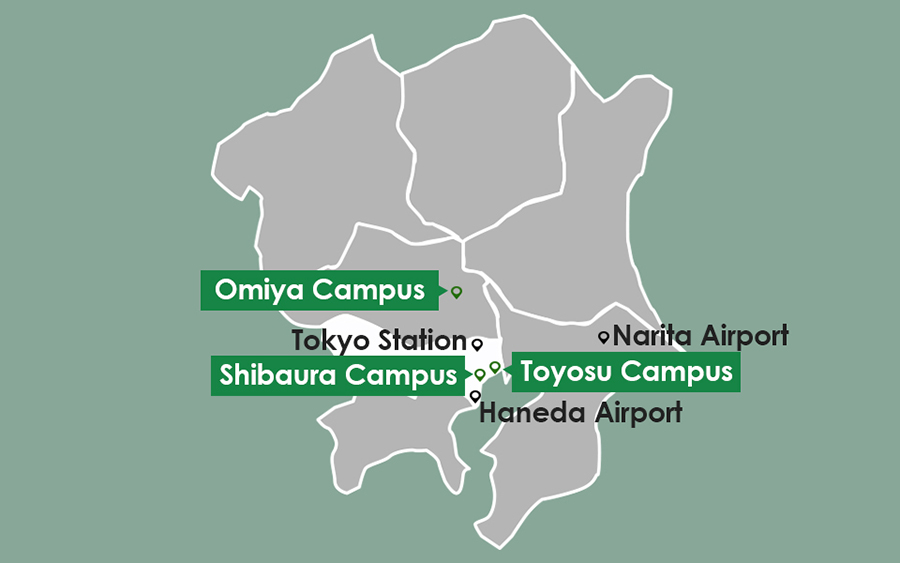
1.Shibaura Campus
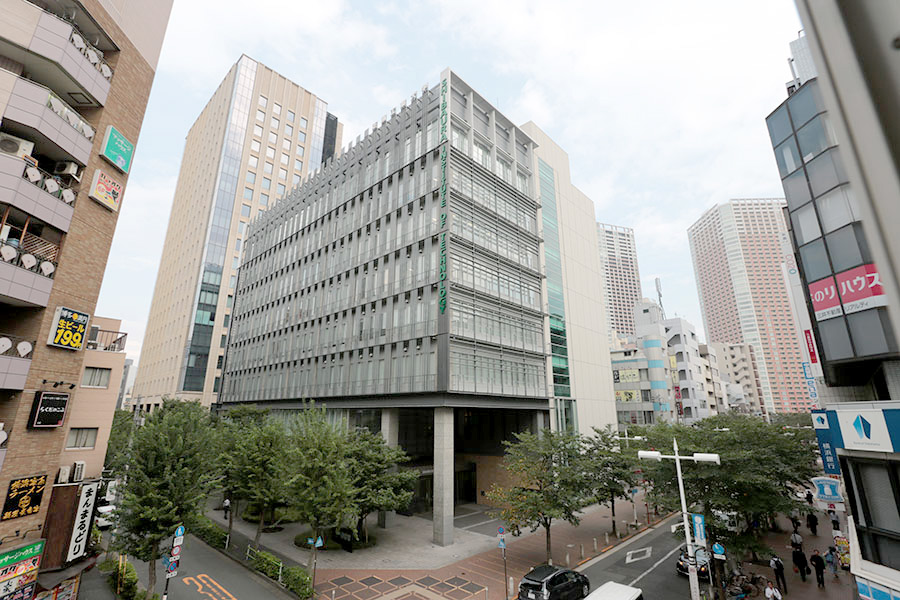
For the Shibaura campus the closest subway stations are Tamachi Station on the JR Yamanote/Keihin-Tohoku lines, and Mita Station on the Toei Mita/Toei Asakusa lines. You need to exit out from the Shibaura Exit (East Exit) of the station and then a 3-minute walk straight forward, across the Shinshibabashi Bridge will lead you to the Shibaura Campus.
They are very convenient subway lines to have nearby as after class you can easily travel anywhere in central Tokyo on the Yamanote line, including famous stations like Shibuya and Akihabara. Meanwhile on the Toei Asakusa line you can get to Asakusa station within minutes and enjoy the delights of traditional Japanese culture.
2.Toyosu Campus
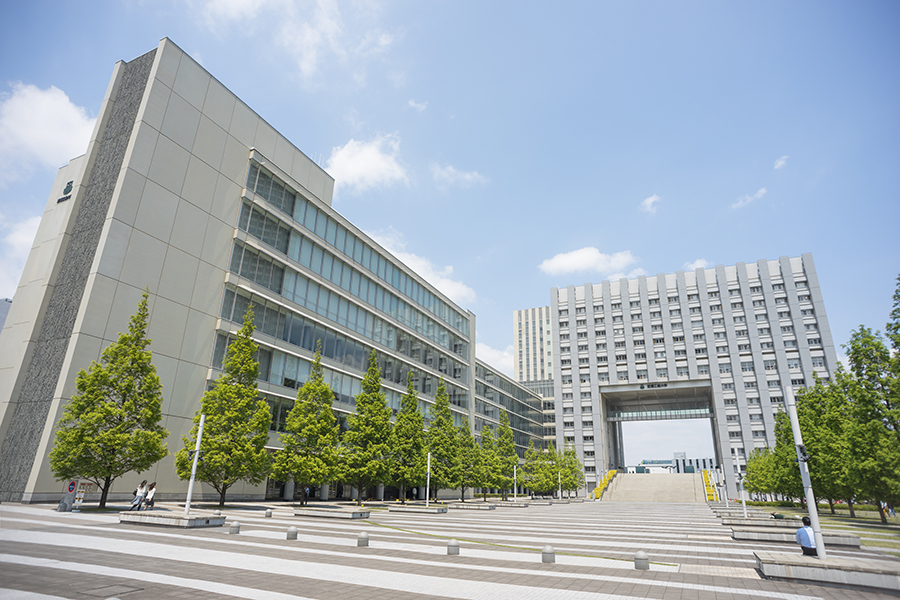
For the Toyosu campus there are actually three stations nearby, though Toyosu Station is the closest. This station is on the Tokyo Metro Yurakucho subway line and the Yurikamome transit line. The subway line offers a mere 15-minute journey from Tokyo Station, via Yurakucho Station on the Yamanote line, while the Yurikamome line can get you to Daiba and Shinbashi very quickly.
The other two stations, which are not too far away, are Tsukishima Station (also the Tokyo Metro Yurakucho subway line and the Toei Oedo line) and Etchujima Station (Keiyo line).
3.Omiya Campus
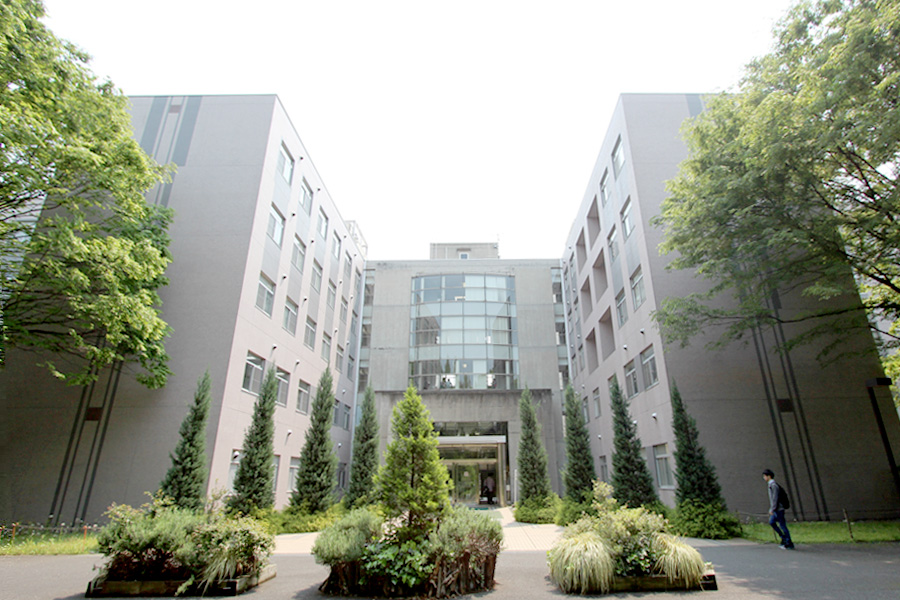
The Omiya campus is in Saitama and the closest station is Higashi-Omiya Station, from which you can reach the campus in 5 minutes using the campus bus or by walking for 20 minutes. There are direct lines from Tokyo Station (Ueno-Tokyo line), Ueno Station (Utsunomiya line) and Shinjuku Station (Shonan-Shinjuku line), all of which can get you there in less than an hour.
Using train tickets and IC cards
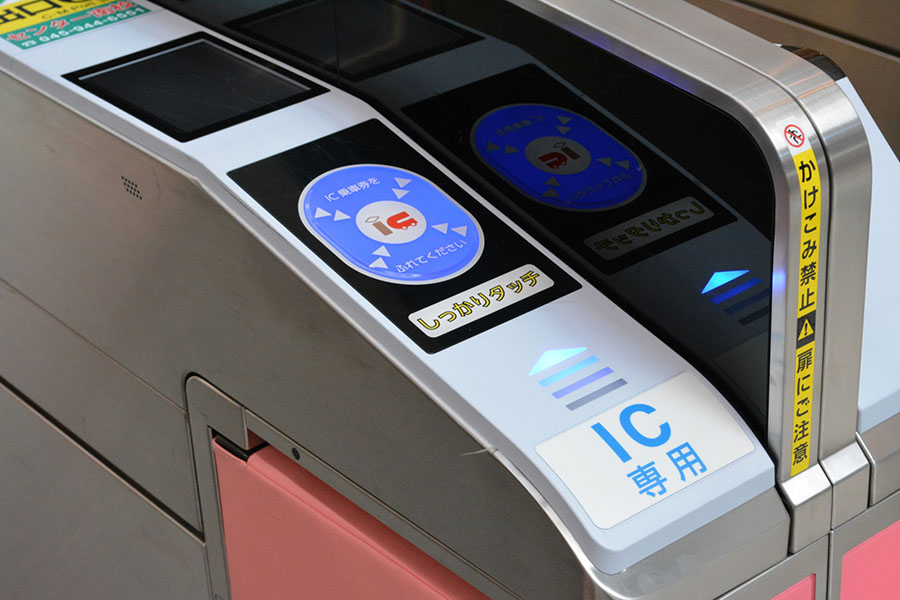
Whenever you need to ride a train you can buy a ticket at a machine at the train station, ticket machines work in English – the actual complicated part is figuring out the fare that you need to pay. Usually above the machines there will be a map showing the price according to the train station you want to go to, but it is typically in Japanese. However, somewhere to the left or right of this map there should be an English version. Once you can see how much your fare is you can select the corresponding amount on the screen and pay it.
While living in Tokyo you will be a regular user of the subway and bus networks, and while you could just buy a Japan train ticket every time you need to use public transport, it is far more convenient and useful to use a Japanese train card like Suica or PASMO. Not to mention also cheaper as the fares are ever so slightly reduced when you use one of these cards. There isn’t really any difference between the two cards, they are just offered by different companies.
You can get your card very quickly and easily at JR ticket machines for Suica and non-JR ticket machines for PASMO, if you put the machine into English language then there will be an option to purchase a new Suica/PASMO and then you just need to pay the initial deposit and minimum charge amount. This adds up to ¥1000 for a Suica card and ¥1000 for a PASMO card, however both of these prices include a ¥500 deposit which is refundable if you return your card. Once you have your shiny new card you can travel wherever you want to, at any train station, or any bus, just tap your card against the IC reader at the gate, or by the bus driver, and off you go. Do keep in mind that you do need to top it up though in order to make repeated journeys. You can do this at any ticket machine, you just need to select charge card and the amount you want to put onto your card. If you go on a journey and the fare is more than the amount remaining on your card, then there are helpful fare adjustment machines by station gates. At these machines you can top up your card and then head out through the gate.
As mentioned before the Tokyo subway/train map is a bit complicated, so it is useful to have a Tokyo train map in English so that you can get used to the different lines and station names. It is also a bit baffling to think in terms of trains and subway, as Tokyo’s public transportation is run by different companies – for example JR lines are run by the East Japan Railway Company while the Toei Asakusa line is run by Toei Subway. This makes no difference to the IC card you may be using, but it helps to understand why changing a train is sometimes not very straightforward.
Japanese etiquette for trains
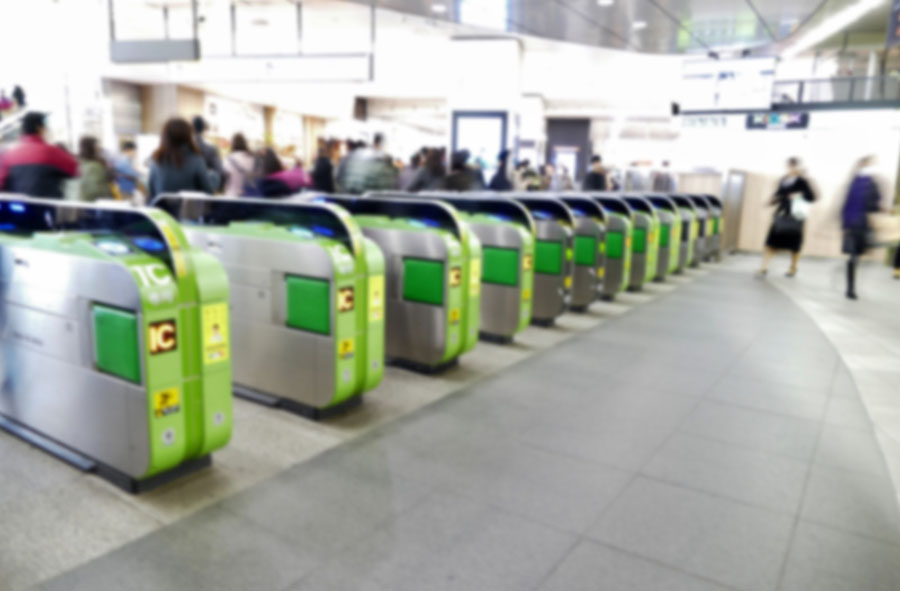
There are a number of unwritten, and in some cases written, rules for riding trains, so it is best to keep in mind the following points when travelling around the city so that you don’t end up annoying other people with your excited chatter as you talk on the phone (note: you shouldn’t use your phone while on a journey!).
Starting from when you first enter a station, on escalators you should stand on the left and walk up or down on the right. If you are taking an elevator then you should always make sure that elderly people, or those with baby strollers, can get on first. If taking the stairs then take note of floor signage which indicates where to walk up or down. A brilliant thing about Japan is that there are always elevators somewhere, so if you have luggage then just look for the elevator sign.
On the platform there are lines indicating where people should queue to get on a train, which is really helpful, but be sure to use these areas to queue rather than just standing somewhere in-between. Also take note of pink floor signage which state women only, these indicate carriages which only women can use during rush hour and late at night. When the train has arrived passengers waiting to get on always form up on either side of the doors, never directly in front of the doors, and you should let everybody get off the train first before boarding.
If there are seats available always check whether there is any signage above the seats which show that they are priority seats or not, that is not to say you can’t sit there if the whole carriage is empty, but it is best to be safe and just always sit in a non-priority seat. It is also expected that you turn your phone off if standing near priority seats in case someone is wearing a medical device.
Japanese trains don’t actually have much space for luggage so if you are loaded up with suitcases then aim for the back or the front of the train, there is normally both more spacious standing space and a buggy area which can be used for luggage. However, if someone boards the carriage with a baby stroller, buggy or wheelchair, then please make space for them. For smaller suitcases and bags there are always racks above the seats which can be used. You will notice that on trains there tends to be little noise, conversations can be quite muted and it is bad manners to speak on the phone. This includes playing games or videos; if you can’t use headphones then you shouldn’t do either of these.
In addition it is bad manners to drink or eat on the train, the rules are different for the bullet train, or shinkansen, as that can be a long journey depending on your destination and it is normal to eat and drink onboard those. However, for subway journeys you shouldn’t be getting out a beer or a burger.
Finally, Tokyo’s subway trains are famous for passengers having a quick snooze, but if you do fall asleep please be careful of your belongings (Japan is a very safe country however), and please be careful not to irritate people around you by leaning on them!